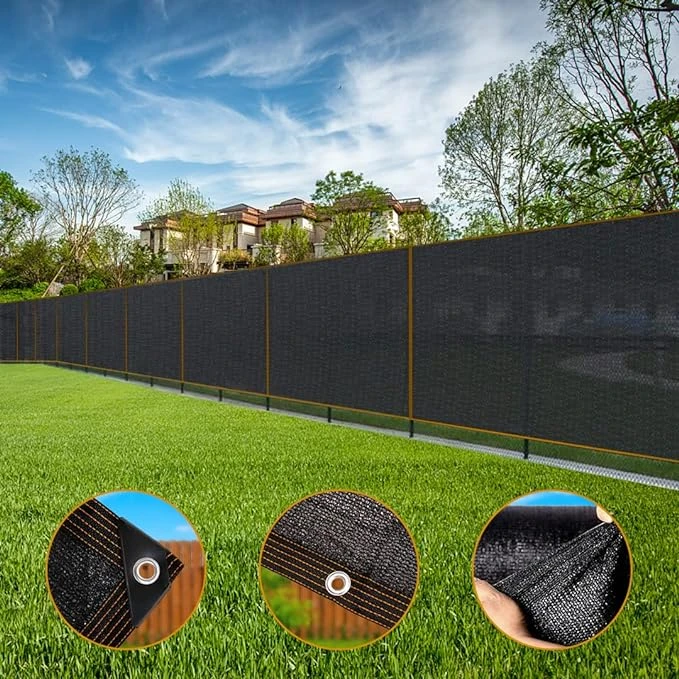-
 Afrikaans
Afrikaans -
 Albanian
Albanian -
 Amharic
Amharic -
 Arabic
Arabic -
 Armenian
Armenian -
 Azerbaijani
Azerbaijani -
 Basque
Basque -
 Belarusian
Belarusian -
 Bengali
Bengali -
 Bosnian
Bosnian -
 Bulgarian
Bulgarian -
 Catalan
Catalan -
 Cebuano
Cebuano -
 China
China -
 Corsican
Corsican -
 Croatian
Croatian -
 Czech
Czech -
 Danish
Danish -
 Dutch
Dutch -
 English
English -
 Esperanto
Esperanto -
 Estonian
Estonian -
 Finnish
Finnish -
 French
French -
 Frisian
Frisian -
 Galician
Galician -
 Georgian
Georgian -
 German
German -
 Greek
Greek -
 Gujarati
Gujarati -
 Haitian Creole
Haitian Creole -
 hausa
hausa -
 hawaiian
hawaiian -
 Hebrew
Hebrew -
 Hindi
Hindi -
 Miao
Miao -
 Hungarian
Hungarian -
 Icelandic
Icelandic -
 igbo
igbo -
 Indonesian
Indonesian -
 irish
irish -
 Italian
Italian -
 Japanese
Japanese -
 Javanese
Javanese -
 Kannada
Kannada -
 kazakh
kazakh -
 Khmer
Khmer -
 Rwandese
Rwandese -
 Korean
Korean -
 Kurdish
Kurdish -
 Kyrgyz
Kyrgyz -
 Lao
Lao -
 Latin
Latin -
 Latvian
Latvian -
 Lithuanian
Lithuanian -
 Luxembourgish
Luxembourgish -
 Macedonian
Macedonian -
 Malgashi
Malgashi -
 Malay
Malay -
 Malayalam
Malayalam -
 Maltese
Maltese -
 Maori
Maori -
 Marathi
Marathi -
 Mongolian
Mongolian -
 Myanmar
Myanmar -
 Nepali
Nepali -
 Norwegian
Norwegian -
 Norwegian
Norwegian -
 Occitan
Occitan -
 Pashto
Pashto -
 Persian
Persian -
 Polish
Polish -
 Portuguese
Portuguese -
 Punjabi
Punjabi -
 Romanian
Romanian -
 Russian
Russian -
 Samoan
Samoan -
 Scottish Gaelic
Scottish Gaelic -
 Serbian
Serbian -
 Sesotho
Sesotho -
 Shona
Shona -
 Sindhi
Sindhi -
 Sinhala
Sinhala -
 Slovak
Slovak -
 Slovenian
Slovenian -
 Somali
Somali -
 Spanish
Spanish -
 Sundanese
Sundanese -
 Swahili
Swahili -
 Swedish
Swedish -
 Tagalog
Tagalog -
 Tajik
Tajik -
 Tamil
Tamil -
 Tatar
Tatar -
 Telugu
Telugu -
 Thai
Thai -
 Turkish
Turkish -
 Turkmen
Turkmen -
 Ukrainian
Ukrainian -
 Urdu
Urdu -
 Uighur
Uighur -
 Uzbek
Uzbek -
 Vietnamese
Vietnamese -
 Welsh
Welsh -
 Bantu
Bantu -
 Yiddish
Yiddish -
 Yoruba
Yoruba -
 Zulu
Zulu
Effective Bird Protection Solutions Using Aviary Netting for Gardens and Outdoor Spaces
The Benefits and Uses of Aviary Netting
Aviary netting is a specialized material that plays a critical role in bird conservation and management practices. Designed to protect birds and their habitats, aviary netting is used in various settings, including zoos, wildlife reserves, and private bird sanctuaries. Its applications are numerous, ranging from protecting vulnerable bird species to providing safe environments for pet birds in backyards. In this article, we will explore the benefits of aviary netting, its various types, and how to choose the right netting for your needs.
One of the primary benefits of aviary netting is its effectiveness in preventing birds from escaping their enclosures. For wildlife conservatories and rehabilitation centers, ensuring that birds do not fly away is crucial. Aviary netting keeps endangered species safe while providing the space they need to thrive. This is especially important in cases where the birds are being rehabilitated for eventual release back into their natural habitats. By using strong and durable netting, facilities can create a controlled environment that supports the birds during their recovery process.
Additionally, aviary netting serves to protect birds from potential predators. When birds are housed outdoors, they are often vulnerable to threats from larger birds, cats, or other wildlife. By enclosing aviaries with sturdy netting, avian caretakers can create a safe haven that reduces stress for the birds and allows them to engage in natural behaviors such as flying and foraging without the constant threat of predation. This safety aspect is particularly vital for small bird species that are more susceptible to attacks.
aviary netting

Moreover, aviary netting can be beneficial in agricultural settings where birds could become pests. Employing netting around fruit trees or crops can prevent birds from accessing and feeding on the produce. This use of netting helps maintain a healthy yield while reducing the need for harmful pesticides that may have detrimental effects on both wildlife and the environment. Bird netting provides a humane and eco-friendly solution to managing bird populations in agricultural areas.
There are several types of aviary netting available on the market, each designed for specific needs and requirements. For example, nylon netting is one of the most popular choices due to its strength, UV resistance, and flexibility. It comes in various mesh sizes, allowing users to select an option best suited for the species they intend to protect. For larger birds or areas requiring extra durability, polyethylene netting may be used. This type of netting is highly resistant to weather conditions, making it ideal for outdoor aviaries.
When selecting aviary netting, several factors should be considered. First, determine the species of birds you want to protect or contain, as different birds may require different mesh sizes to ensure safety. Smaller birds might need tighter mesh to prevent escapes, while larger birds may need sturdier, more robust netting. The location and environment of the aviary also play a significant role; areas with heavy winds or harsh weather conditions may necessitate stronger, more resilient materials.
In conclusion, aviary netting is an essential tool for bird conservation and management. Its versatility allows it to be used in various settings, from rehabilitation centers to agricultural fields. By providing safe enclosures, protecting against predators, and managing bird populations effectively, aviary netting supports the well-being of both wild and domesticated birds. Whether you are an avian enthusiast, a conservationist, or a farmer, investing in high-quality aviary netting is a step toward creating a safe and nurturing environment for our feathered friends.
-
Shipping Plastic Bags for Every NeedNewsJul.24,2025
-
Safety Netting: Your Shield in ConstructionNewsJul.24,2025
-
Plastic Mesh Netting for Everyday UseNewsJul.24,2025
-
Nylon Netting for Every UseNewsJul.24,2025
-
Mesh Breeder Box for Fish TanksNewsJul.24,2025
-
Expanded Steel Mesh Offers Durable VersatilityNewsJul.24,2025











